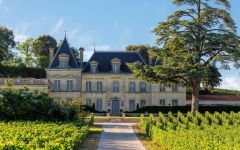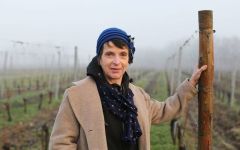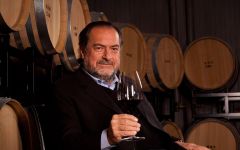Chateau Fonplegade 2000
-
Robert
Parker

Product Details
Your Rating
Somm Note
Winemaker Notes
Professional Ratings
- Robert Parker's Wine Advocate
Other Vintages
2022-
James
Suckling - Decanter
-
Jeb
Dunnuck -
Robert
Parker
- Vinous
-
James
Suckling -
Jeb
Dunnuck - Decanter
-
Robert
Parker
- Decanter
-
James
Suckling -
Jeb
Dunnuck - Vinous
-
Wine
Enthusiast -
Robert
Parker
- Decanter
-
James
Suckling -
Jeb
Dunnuck -
Wine
Enthusiast -
Wine
Spectator -
Robert
Parker
-
Jeb
Dunnuck -
Robert
Parker -
James
Suckling - Decanter
-
Wine
Enthusiast -
Wine
Spectator
-
James
Suckling -
Wine
Spectator -
Robert
Parker - Decanter
-
Jeb
Dunnuck
-
Robert
Parker -
James
Suckling -
Jeb
Dunnuck - Decanter
-
Wine
Enthusiast -
Wine
Spectator
-
James
Suckling -
Jeb
Dunnuck -
Robert
Parker -
Wine
Spectator - Decanter
- Decanter
-
James
Suckling -
Wine
Spectator -
Robert
Parker -
Wine
Enthusiast
-
Jeb
Dunnuck -
Robert
Parker -
James
Suckling -
Wine
Enthusiast -
Wine
Spectator
-
Robert
Parker -
James
Suckling -
Wine
Enthusiast -
Wine
Spectator
-
Robert
Parker -
James
Suckling -
Wine
Enthusiast -
Wine
Spectator






Château Fonplégade's name (literally "fountain of plenty") was derived from the historic 13th century stone fountain that graces the estate's vineyard. It quenched the thirst of passing pilgrims for hundreds of years, and continues to provide sustenance to the estate's vines in the driest vintages.
Grapevines have thrived at this exceptional site, perched on the limestone plateau that is home to Saint-Emilion's finest vineyards, since the late 1500s. In 1852, legendary wine merchant Jean-Pierre Beylot purchased the estate and built the elegant Château that still stands on the property. Enchanted by the terroir, history and grandeur of the estate, with its ancient Roman pathways and graceful vine rows, Denise and Stephen Adams acquired Château Fonplégade in 2004 and spent 15 years tirelessly revitalizing the vineyards, renovating the cellar and lovingly restoring the Château.
As stewards of these cherished vine rows, they cultivate their vineyards using strict ECOCERT organic practices, both to preserve the purity and character of their grapes, and to ensure the legacy of Chateau Fonplegade for generations to come.

One of the world’s most classic and popular styles of red wine, Bordeaux-inspired blends have spread from their homeland in France to nearly every corner of the New World. Typically based on either Cabernet Sauvignon or Merlot and supported by Cabernet Franc, Malbec and Petit Verdot, the best of these are densely hued, fragrant, full of fruit and boast a structure that begs for cellar time. Somm Secret—Blends from Bordeaux are generally earthier compared to those from the New World, which tend to be fruit-dominant.

Marked by its historic fortified village—perhaps the prettiest in all of Bordeaux, the St-Émilion appellation, along with its neighboring village of Pomerol, are leaders in quality on the Right Bank of Bordeaux. These Merlot-dominant red wines (complemented by various amounts of Cabernet Franc and/or Cabernet Sauvignon) remain some of the most admired and collected wines of the world.
St-Émilion has the longest history in wine production in Bordeaux—longer than the Left Bank—dating back to an 8th century monk named Saint Émilion who became a hermit in one of the many limestone caves scattered throughout the area.
Today St-Émilion is made up of hundreds of independent farmers dedicated to the same thing: growing Merlot and Cabernet Franc (and tiny amounts of Cabernet Sauvignon). While always roughly the same blend, the wines of St-Émilion vary considerably depending on the soil upon which they are grown—and the soils do vary considerably throughout the region.
The chateaux with the highest classification (Premier Grand Cru Classés) are on gravel-rich soils or steep, clay-limestone hillsides. There are only four given the highest rank, called Premier Grand Cru Classés A (Chateau Cheval Blanc, Ausone, Angélus, Pavie) and 14 are Premier Grand Cru Classés B. Much of the rest of the vineyards in the appellation are on flatter land where the soils are a mix of gravel, sand and alluvial matter.
Great wines from St-Émilion will be deep in color, and might have characteristics of blackberry liqueur, black raspberry, licorice, chocolate, grilled meat, earth or truffles. They will be bold, layered and lush.
